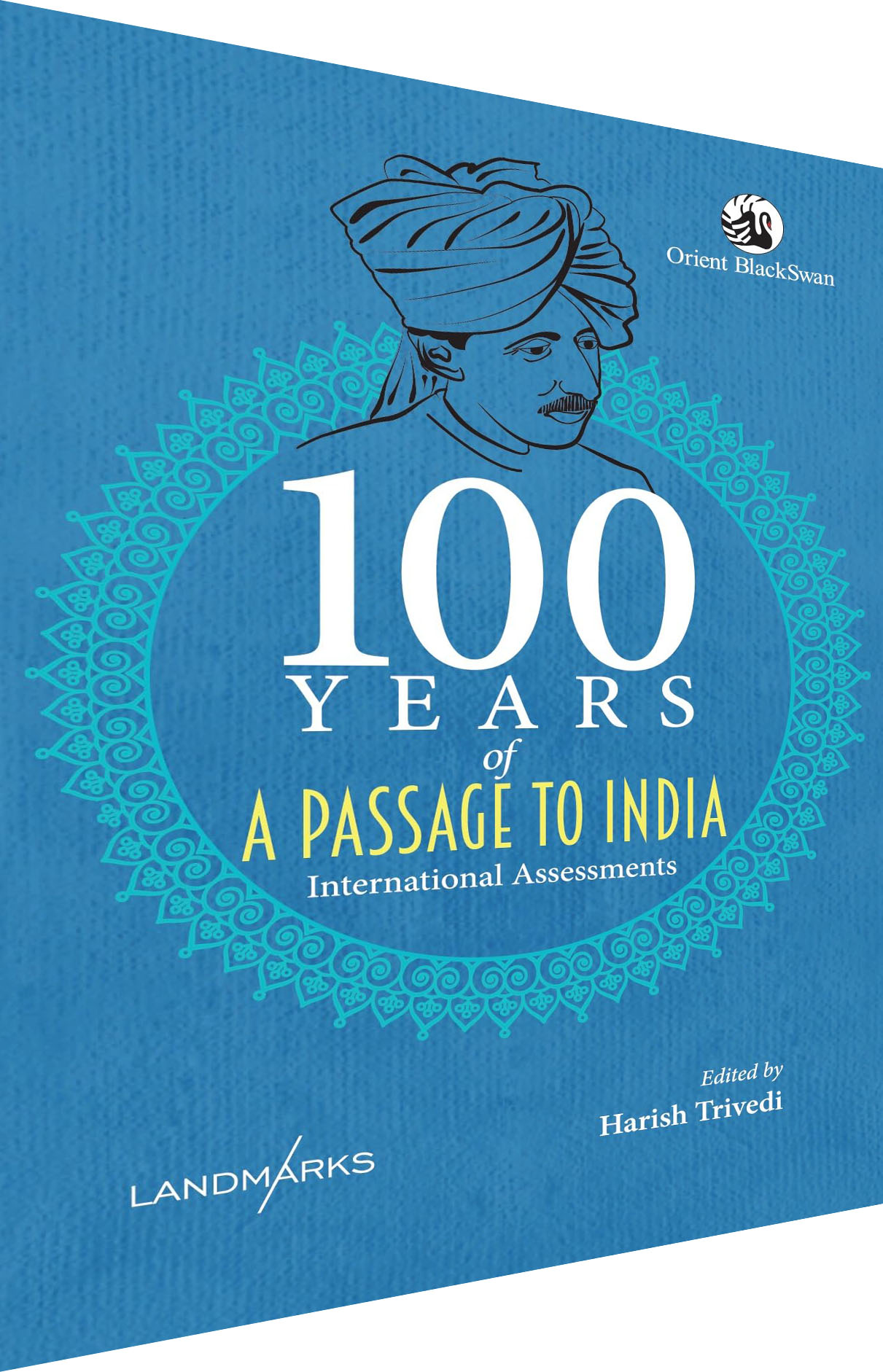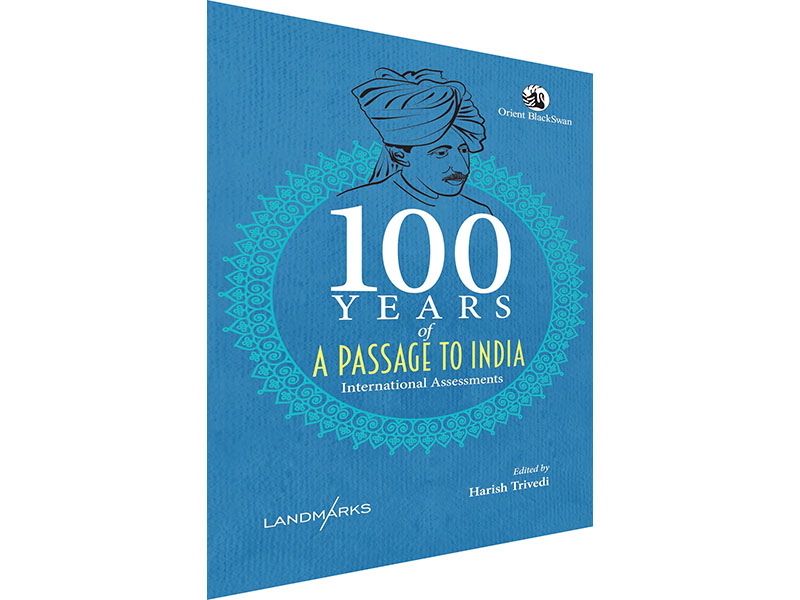
Harish Trivedi
Orient Blackswan
Rs.1,350 Pages 243
Fifteen original essays of this enduring book find “fissures in the Indian soil” that still yield new perceptions and the Marabar caves echo again…
Despite its constant presence in university syllabi and its mesmerising appeal to readers throughout the world, EM Forster’s mystifying novel A Passage to India (1924) is still open to fresh exegesis. Harish Trivedi has compiled an outstanding volume of essays that explores a “dark unfathom’d retrospect”, leading us back to the labyrinthine coils of this never-forgotten book.
One could enquire that the historical, biographical, colonial, postcolonial, postmodern and feminist aspects of A Passage have already been sufficiently covered by previous scholars, so what more is there to say? Surprisingly and magnificently, the fifteen original essays in this compendium find “fissures in the Indian soil” that still yield new perceptions, and the Marabar Caves echo once again with a tantalising ambiguity and surfaces.
The opening essay is by a novelist, Anjum Hasan, and begins delightfully with Forsterian language that a child heard from a Forster-devotee father and didn’t know what it meant! The personal and the political merge over time and the book offers complex meaning for Anjum.
From that, we move swiftly to a bilingual essay by Rupert Snell ‘On Translating A Passage into Hindi’ based on an experiment with six Indian translators that yielded an astonishing variety of ‘equivalent terminology’ even with the title of the book. India as ‘Hind’ or ‘Bharat’ carries varying connotations and that’s possibly the point about the politics of language.
French and Polish translations provide two essays that establish the popularity of Forster’s novel in venues not known about. But the final essay in this section, about David Lean’s adaptation in cinema, which won 11 Academy Award nominations, will surely arouse curiosity. Forster distrusted the transition from text to screen and during his lifetime denied even Satyajit Ray the permission to convert A Passage to India into a film. After Forster passed away, says Madhu Singh, “David Lean charmed and bullied Forster’s literary estate into giving him the rights to the film”.
As editor, Harish Trivedi has erased the lines between creative criticism and creative writing, by including Anamika’s charming piece, ‘Adela Adrift in India’ in which she imagines a post-story of Adela Quested being appointed a governess in a princely household of India. Using a letter and diary format, it is a scathing attack on the social forces that misunderstood Adela’s ‘malaise’, her incoherence, and her vocabulary after the Marabar Cave incident. Anamika’s story heals the wounds within Adela, in a way, and transfers the blame for her suffering to the assumed superiority of the men — Indian and English.
The final section has a generic title, ‘Issues and Comparisons’, but the essays are a stimulating reworking of several well-known themes. Gaura Narayan centre-stages the Uprising of 1857 to develop an intricate essay on race relations. Her equations may be questioned but nonetheless open into a valuable discourse on the interconnectedness between story and history, as in her summation, “In choosing heterosexual desire in its most violent aspect of gender-based vulnerability in general and rape in particular, the novel reprises the central paradigm in Mutiny narratives which present a racialised rhetoric of Indian masculine rapacity and English feminine vulnerability,” she writes.
In the next essay, Ipshita Chanda, while acknowledging previous critical studies about viability of ‘friendship’ across racial barriers and implicit animosity that marked the colonial encounter, offers an unexpected and insightful comparison of Forster’s ‘cave’ and Rabindranath Tagore’s ‘cave’ episode depicted in Chaturanga. In Tagore’s novel, the sequence is narrated as a diary entry and not a direct experience; however, Tagore’s cave is just as ambiguous, disorienting, and ominous as in Forster’s presentation.
Forster had repeatedly said that his novel was intended to be poetical, not political, and had given the example of the three sections connoting the Indian seasons of cold, hot and rainy weather. Even the indeterminacy of the incidents in the Marabar Cave bear witness to his poetic efforts, he maintained.
Harish Trivedi contests all of this while being respectful of Forster’s intention. He carefully marks the actuality of the novelist being embedded in political events of his time, and being connected with people who carried the imperial bias.
Trivedi’s close reading of the Marabar Cave episode will dispel many assumptions about the so-called mysticism in the aum like echo. Instead, Trivedi’s meticulous documentation and interweaving of Forster’s biography, poetics and manuscript drafts of Passage leads to a startling conclusion.
“It may be reasonable then to surmise that it was Forster himself who was distracted at the caves and afflicted by sexual fantasies which he projected on to Adela, even when this was not consistent with her character as developed by him right up to this point in the novel”. With that surmise in mind, everyone should read this essay.
Malashri Lal
(The Book Review)
